Senate sit-down 11/21,11/28
The atmosphere at the student senate meeting on Nov. 21 was ripe with tension, with the meeting seeing several instances where decorum had to be called by executive vice president Garrett Potokar.
With little business to conduct, the majority of the meeting was spent in discussion about the recent news regarding the Center for Multicultural Excellence and the diverse community of WSU students that the CME serves.
Members of the CME community, both students and staff, were informed at the end of the week preceding the senate meeting that the CME will be dissolved in favor of the establishment of five individual cultural affinity centers on WSU’s campus. The announcement sent to those involved with the CME indicated that the center’s dissolution is set to take place on Jan. 3.
The announcement shocked members of the CME community, with there reportedly being no warning prior to the public announcement. Several members of the WSU community attended the meeting, both in-person and virtually, to show their support for the CME and share what it has meant for them as WSU students.
In addition to attending to show their support, members of the community tried to make sense of how this decision could be made without the consultation of those who would be affected by the CME being dissolved.
“I think most of us are just trying to grasp the understanding of why this decision was made with no consideration to those who actively use the center,” Genesis Vargas, WSU’s Hispanic undergraduate leader liaison for Hispanic initiatives, said.
Vargas went on to explain how she had spent the days leading up to the meeting contacting a diverse pool of the CME community members, including those who actively use the center and those who have been involved with it in the past, all of which reported to her that they had no prior knowledge of the center’s fate to be dissolved.
Attendees addressed the lack of input from the CME community as well as logistical concerns for equally funding the five separate cultural affinity centers in a satisfactory manner.
Former WSU Hispanic student senator, Anna June Arroyo, saw the first successful efforts made in the realm of representation for WSU students from different cultural groups. Arroyo remains actively involved in the local Hispanic community and efforts surrounding Hispanic representation in local communities.
“If you can’t fully fund the center that you have now that serves all five groups, how are you going to fund five separate, distinct centers?” Arroyo said.
Arroyo also conveyed shared concerns among members of the CME community about the lack of specifics given concerning where these centers would be located.
“You as student senators need to ask that question because you don’t just represent your populations,” Arroyo said to the senators. “You represent the student body of this university.”
CME community members gave statements and expressed to those in attendance how they felt that they were being suddenly stripped of a community that has allowed them to excel in their lives both on and off campus.
Xitlalli Villanueva, WSU’s diversity and unity vice president, said the model intended to replace CME is a “national model” that has seen success in other educational institutions like the University of Utah. Villanueva also said individuals involved with CME were informed of the impending changes and had chosen not to disclose that information to the CME community.
Tensions reached a boiling point when allegations of the CME’s mistreatment of African-American WSU students were expressed by Terri Hughes, president of WSU’s National Association for the Advancement of Colored People chapter.
“I am disgusted by the Center of Multicultural Excellence,” Hughes said.
Hughes went on to give examples of how the CME has allegedly mistreated African-American WSU students, saying they have records of funding being taken away, FERPA violations and voice and video recordings of disrespectful conversations and unfair treatment toward African-American students.
Hughes acknowledged comments made prior in the conversation about her acting in an intimidating fashion and addressed those speaking in support of the CME.
“The reactions over there were not at you, but it was at the lack of knowledge we have been given and the separation between the Center of Multicultural Excellence and other students,” Hughes said.
Hughes spoke in support of the CME’s dissolution and the proposed model that would replace it, stating that this change had partly been precipitated by a long-fought battle against systemic racism at the CME.
“I stand before you all today to let you know that this model will not only benefit Black students, but it will benefit every student,” Hughes said. “Again, this is a national model that has worked since 1965.”
Hughes also denied allegations that news of the CME’s dissolution was sudden and unannounced, saying the plan had been four years in the making, and she had the emails to prove it.
Deliberation ensued that included statements from both those who supported the CME’s dissolution and those who were against it. These statements would, at times, extend to include personal accusations and remarks. These would later be retroactively apologized for or retracted in an attempt to minimize resentment between all groups present at the meeting.
In contrast to Nov. 21’s two-and-a-half-hour-long senate meeting, the senate meeting that was held the following week on Nov. 28 only lasted around five minutes. There were no special presentations scheduled for that day’s senate meeting and no speakers during the issues forum.


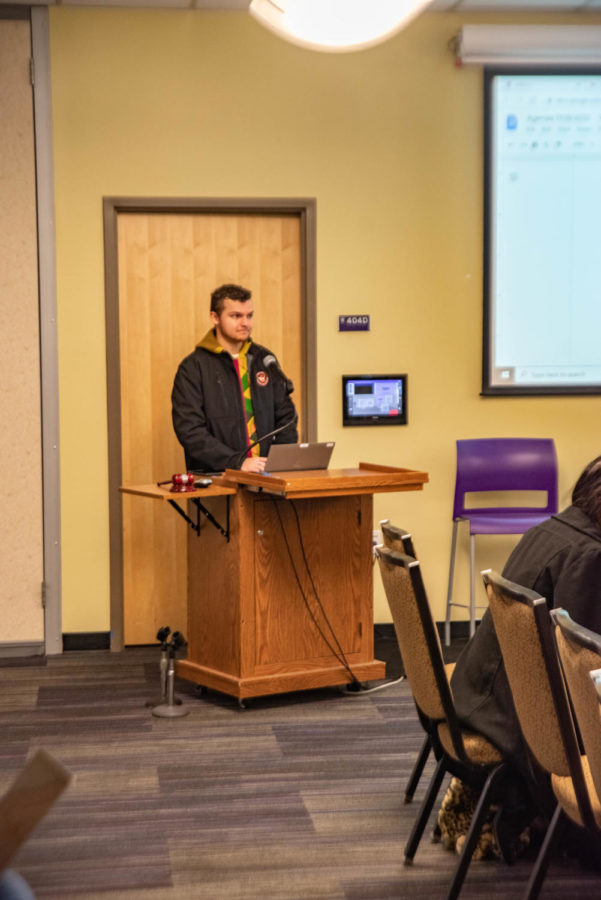
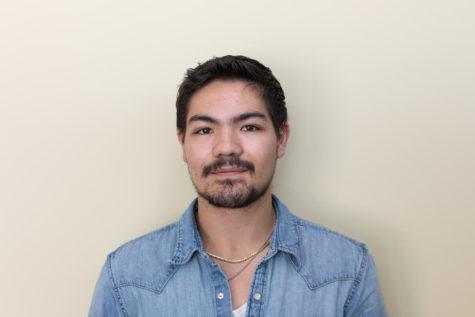

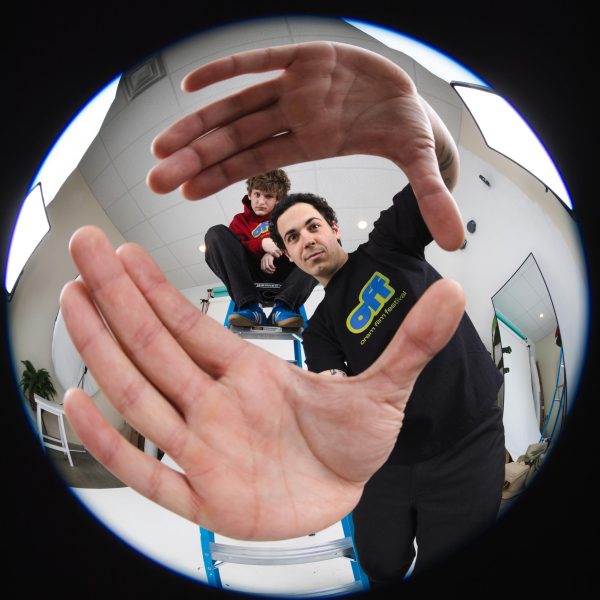






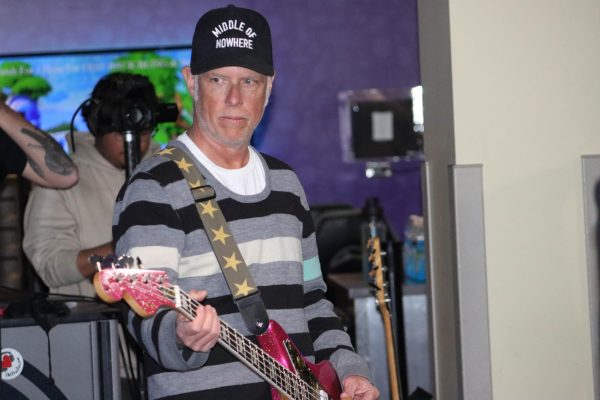

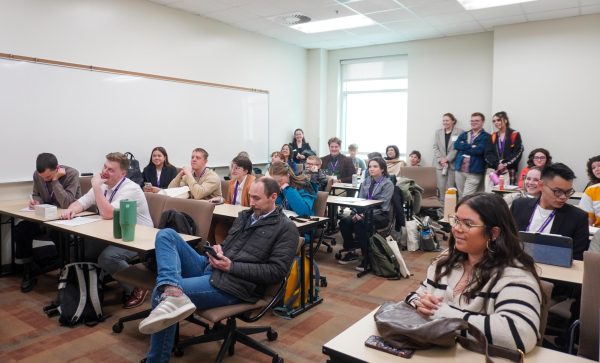
Joseph McGee • Dec 3, 2022 at 10:44 am
Confusing to say the least. Am I reading this correctly that the solution for the “multicultural center” is segregation of cultures? Who says the national model is correct? Funding is another issue. If there are complaint by one group then address it but don’t let one group bully the division and segregation. Reading this from the outside in it sounds like one group is getting what they want and the others get stiffed.